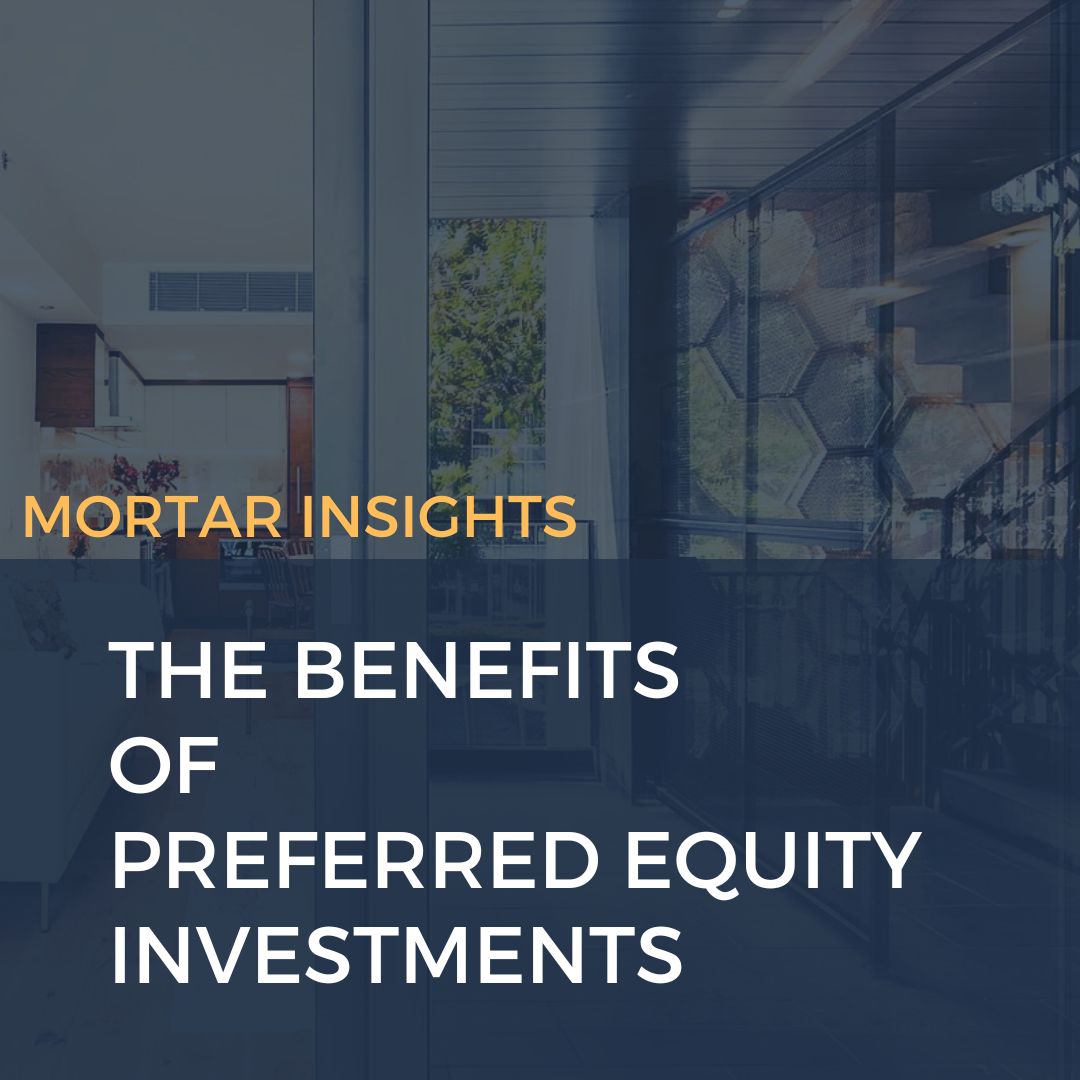The Benefits of Preferred Equity Investments
In volatile or high interest rate environments like we have today, a fixed rate – high return option like preferred equity tends to become a popular choice for investors as an alternate to the traditional common equity investment, and as a hedge against stock or bond investments. The extra yield (which can range from 10% to 15% annually) is used by some investors to help cushion some of the impact of interest rates on total returns.
However, what does it mean in the context of real estate investing?
First – What is Preferred Equity?
Preferred Equity – or the “Pref” is an alternate method to invest in a real estate investment where equity acts similarly to mezzanine debt in the sense that they offer investors the possibility of a high reward and gives sponsors supplemental capital in addition to the senior loan. The “Pref” equity can be second in the capital stack, which also makes it a safer investment that traditional equity.
The term “equity” represents ownership in an asset. It is “preferred” because they are paid back at an agreed upon “preferred return” of cash flow after senior debt, and before common equity has been repaid.
Common equity is the more traditional form of investment. Common equity is often referred to as “having skin in the game,” as this financial source comes from the sponsors of the property, as well as limited partners that invest their own money. After senior debt and preferred equity are paid, common equity holders receive an equal distribution of the remaining cash flow or value. While common equity typically involves more risk, it also offers more potential return on profit.
How does it fit in the Capital Stack (And what is a Capital Stack)?
The “Capital Stack” in real estate is used to describe the different layers of money and the rights or seniority that each has. It is divided into “Debt” & “Equity”.
The debt includes the Lender / Bank. It is usually the bottom layer and the mortgage holder – or senior debt. Debt can include but not necessarily have another type of loan such as a mezzanine loan. The investment is secured by the property and interest is paid monthly. The sponsor must make these payments or else the property/investment may default.
The bank will provide a loan based on the percentage of the property value. It could range from 60-75% LTV. For example, in today’s economy, banks are being very conservative and will lend less money than in previous years.
Equity can come from different types of investors and has different types of seniorities and regulations. That is where preferred equity and common equity come into play. The higher you are in the capital stack the higher the risk. However, the higher the risk comes with the higher reward.
Now that we see how Pref can be an interesting investment vehicle, let’s break down the pros and cons of each.
Preferred Equity Cons
- Loss of Capital: Although preferred equity is more secure than common equity, it is still junior on the capital stack to debt. If a property doesn’t reach its objectives, investors may still lose the investment.
- Equity is Not Secured: Ownership interests are not secured, and they may not have recourse to a property if the borrower defaults on the loan.
- Doesn’t Receive Upside: These investors typically do not gain from the potential increase in value of a property. In the case of participating preferred equity, equity investors may benefit from some upside.
Preferred Equity Pros
- Safer Return: Preferred equity investors receive cash flow before common equity.
- Investors Receive Yield: Depending on the offering structure, investors may receive a percentage of the annual income from the asset.
- High + Steady Rate of Return: Preferred equity can offer investors returns of 10-15% annually, and steadier return than with common equity.
- Ownership Interests: Preferred equity holders have ownership interests in the entity. This allows investors to potentially be able to participate in the tax benefits connected with the investment.
Both preferred equity and common equity offer the potential for a high return on investments.
Though not always available on an offering – preferred equity can serve as a powerful investment option for investors. Understanding the nuances of a Pref offering and how the Capital Stack is structured can allow investors to take advantage of unique opportunities.
By comprehending its repayment priority, terms, and risk level, one can make informed investment decisions.
————


